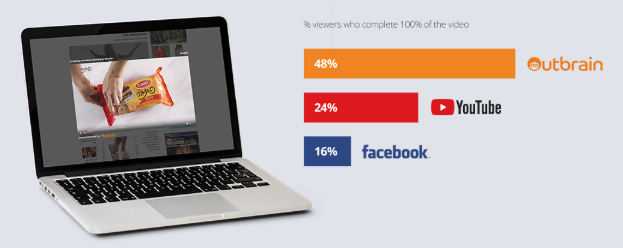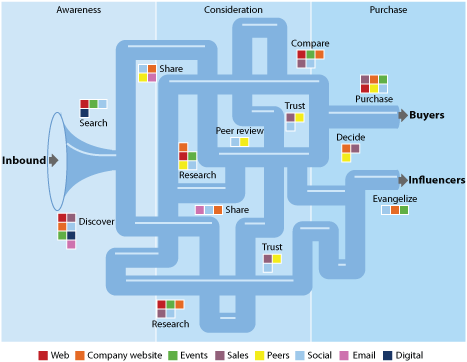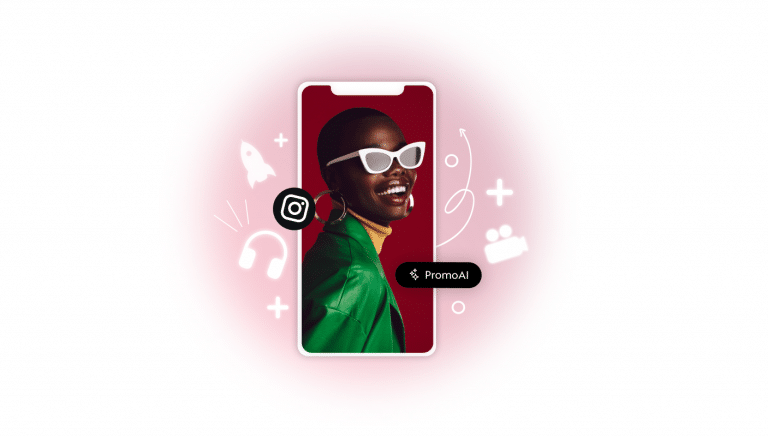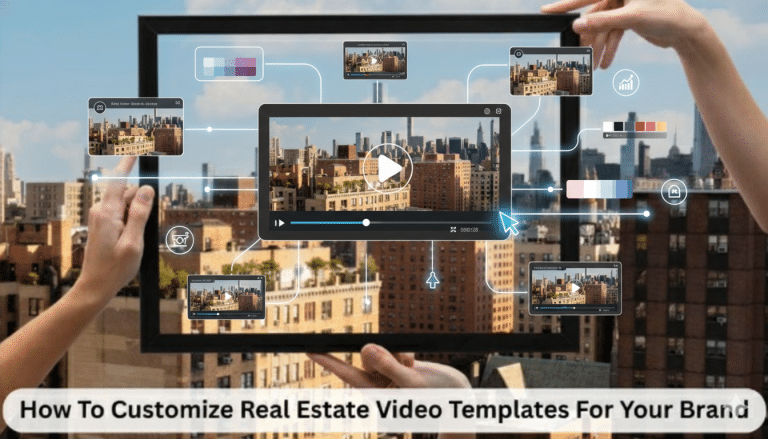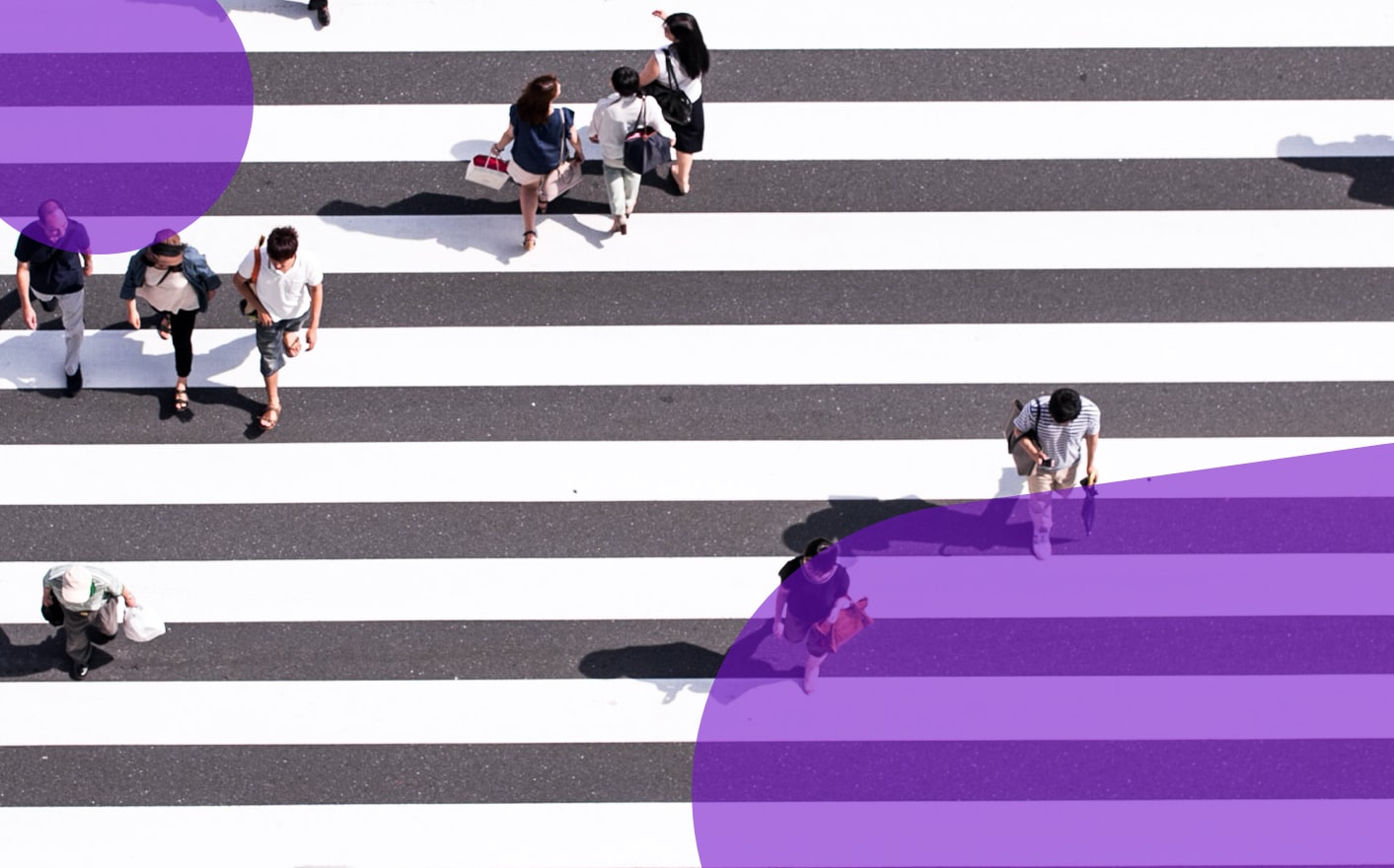
5 Best Paid Traffic Sources For 2024
1. Google Adwords – AdWords are an old-school paid traffic source that still offers huge potential rewards, though the cost per click is often high.
2. Facebook Ads
3. Outbrain Amplify For Advertisers
4. LinkedIn Ads
5. Twitter Ads
Organic reach is dying. We’ve been hearing this since at least 2014. Although we’re not sounding the death knell, there is no doubt that – today – these best paid traffic sources are the main way for marketers to get their message out.
Consider this: consumers who click through to a site via a paid ad are 50% more likely to purchase than a visitor who arrives organically.
That’s not to say that organic traffic doesn’t count. It most certainly does (and, despite the naysayers, probably will for a long time to come.) But there’s no doubt that online marketers have to define strategy in the best possible manner and should be focusing a good chunk of their activities and budget on paid ads, and – what’s more – there are 5 top paid traffic sources every online marketer should be testing at one stage or another.
1. Google Ads
One of the best paying advertising networks, Google Ads (formerly known as AdWords), still offers great exposure, albeit with relatively high CPCs (cost per click). With Google Ads, you select keywords that your potential customers are likely to search for and then place a bid to get your ad served at the top of the search results page as a sponsored ad.
Over time, AdWords has added more sophisticated features, such as Dynamic Search Ads, which automatically customizes your ads based on your website content without you needing to maintain a keywords list, video ads on YouTube, and Universal App Campaigns, especially for mobile marketers.
AdWords support advanced audience targeting, bid adjustments based on device, and retargeting users who have visited your website before. Of course, there is also the Google Display Network (GDN), where you can promote display ads.
Although display ads are somewhat going out of fashion among marketers, who cite the MUCH higher CTRs of native advertising, the fact is that GDN reaches 80% of internet users. So it is still a powerful way to get exposure, particularly for awareness campaigns, rather than more aggressive lead gen purposes. It really comes down to your particular audience and the keywords you use. Even if you are doing well on AdWords, you might want to consider using GDN as well. And if you’re not sure, check out this helpful flowchart.
Pro tip: Google’s search engine competitor, Bing, offers Bing Ads which work much like Adwords but tend to have cheaper auction costs and less competition. of the original sources of paid traffic marketing, Google Ads, formerly known as AdWords, still offers great exposure, albeit with relatively high CPCs (cost per click).
2. Facebook Ads
According to emarketer, Facebook holds a nearly 20% market share of total US digital ad spend. In fact, Google and Facebook were predicted to claim a combined 56.8% of digital ad investment this year.
Is it any wonder Google and Facebook are numbers one and two on our list of paid traffic sources? One of the key advantages of Facebook is the sheer amount of available advertising options. And they are always changing, with new features being constantly added.
For example, you can place ads in newsfeeds, Instagram, Messenger, or the audience network. You can target by location, demographics, interests or lookalikes. You can create ads with text, video, images, slideshows, or carousels. You can leverage the popular Stories concept with new Facebook Stories Ads, and there’s even a way for businesses to chat with customers at scale on WhatsApp, all via Facebook ads.
There are so many options with paid advertising, and it can take time, trial and error to figure out what works best for you. That’s why you need to need to stay on track and be updated about new advertising options and keep learning. So always keep your knowledge up to date and try to read something new, you can draw on new knowledge on different resources such as Studocu, where students and college teachers share their latest research and work in marketing and business niche. Generally speaking, a combination of paid and organic traffic is often the best way to create business growth.
3. Outbrain Amplify
With Amplify, Outbrain’s native advertising platform, advertisers can promote ads to drive traffic to their online content, such as a website, blog post, product page, or landing page. Working on a CPC model, advertisers can control their campaign spend and optimize campaigns in real time to get better results.
The difference between native ads on Outbrain, and other types of paid ads, like search and social, is user intent. When the target audience sees content promoted by Outbrain, they are in what’s known as “discovery mode”. They are primed to be informed, entertained, amused or engaged. Native ads aren’t annoying to the viewer, because they don’t stand out as ads. Also, their purpose isn’t to sell something; rather, they are designed to nurture the customer relationship. This is one of the reasons why native ads, or “discovery” ads, get such good CTRs.
Outbrain’s advanced targeting tools help advertisers reach their best possible audience. You can target via device, location, lookalike audiences, and the interest targeting toolkit. In addition, Outbrain now offers FOCUS, a 100% opt-in video platform that works on a “click to watch” rather than “click to skip” concept. The results from FOCUS native video are truly remarkable: completion rates double those of YouTube, and triple those of Facebook!
Another upside of Outbrain is the high quality of the network, which includes the world’s premium publishers. There are strict editorial guidelines, which means that the ads and content promoted on the network meet high standards. All this boils down to one thing: Outbrain drives high quality traffic from high quality sources, which translates to higher quality conversions and leads.
4. LinkedIn Ads
If you’re operating in the B2B space, then LinkedIn is a must for your paid advertising strategy. Although a more expensive option, you can target business professionals in a very precise and efficient way, by contact or account, by job title, demographics, location or industry. There are a number of ad types, such as display ads, sponsored in-feed posts, or InMail ads, which are ads delivered directly to the LinkedIn inboxes of your audience.
There is also the Matched Audiences feature, which enables you to retarget by matching your website visitors, company lists, and email lists to LinkedIn members. The best thing about LinkedIn is truly this ability to target people according to their business profiles, and to effectively reach the right people within what is known as the “walled garden” of LinkedIn.
In much the same way that native ads have higher CTR because the audience is primed to read your content, users inside LinkedIn are operating in business mode. They are not there to watch cat videos or see their niece’s graduation photos. They are viewing ads and consuming content with their business caps on. For certain advertisers, this is a paid advertising gold mine – particularly for B2B products and services, which are usually high value, as well as recruiters and higher education institutions.
As mentioned earlier, LinkedIn works on the CPC model, and it is not cheap. Targeting won’t be less than $2 per click, and more often than not, it will even start at around $4.50. Even so, for particular businesses, using this ad network may be worth the investment.
5. Twitter Ads
The short-form, fast-paced nature of Twitter makes it a really interesting option for paid advertising, particularly for small to medium businesses. With “hundreds of millions” of tweets, and some two billion search queries a day, Twitter is a busy platform, with huge potential for generating organic traffic.
On the other hand, it’s a goldmine for paid advertising: 93% of users who follow a particular business state that they intend to buy from that business, and a huge 69% have already purchased as a result of viewing a Twitter ad. So, Twitter is definitely a place that brands should want to be.
On the downside, Twitter has its ‘dangers’ – there’s been many an ill-timed or offensive tweet that has backfired on a brand, causing it to go into swift damage control. But as long as you really understand your audience and the medium, Twitter ads are definitely worth a shot.
There’s a range of advertising options: you can promote a single tweet, an entire account, or a trending topic, and you can pay per click, impression, engagement, follow, video view, lead or app install. Target the audience by income, gender, device, location, interest and even by keywords in users’ tweets.
The cost of Twitter ads is on the rise, so it’s important to clearly define your goals before launching into a paid campaign. If your aim is to generate conversions and leads, then paid advertising on Twitter may be a good fit. If your aim is increasing awareness, you may be able to do that for free, by relying on organic reach alone.
So What’s The Best Source For Paid Traffic To Your Website?
Google search ads have the potential to bring the most traffic to your page, with Facebook ads coming in at a close second.
Each of these five traffic sources can greatly impact your marketing efforts however and can be used in tandem. So, there you have it – the top five paid traffic sources every online marketer should be paying attention to.
Here’s a quick overview of the main types of paid advertising, and where our five favorites fit in:
- Display ads: such as the Google Display Network
- Native ads: like content promoted on Outbrain
- Search ads: such as Google AdWords
- Social media ads: including Facebook, Twitter, LinkedIn, and others
- Influencer marketing (and affiliate marketing): when your brand is promoted by an industry leader or paid affiliate to their audience.
Why Is Paid Traffic Better?
Paid traffic ensures that your ads reach your target audience. Organic traffic is more unpredictable. Of course the way you pay for your advertising may vary. It could be PPC (pay per click), PPA (pay per acquisition or action), or PPV (pay per view).
Or in the case of influencer marketing, you may be required to pay a flat rate, depending on how many posts you buy or other aspects of the arrangement with the influencer. There are so many options with paid advertising, and it can take time, trial and error to figure out what works best for you.
Generally speaking, a combination of paid and organic traffic is often the best way to create business growth.
And remember, although we often talk about the customer journey as a ‘funnel’, it is actually much more complicated than a simple funnel. In fact, it tends to look more like this: Don’t let that deter you. Define your target audience, determine your budget, and keep your KPIs as your ultimate focus. With the help of the paid high-quality traffic sources listed above, you can reach your goals.
